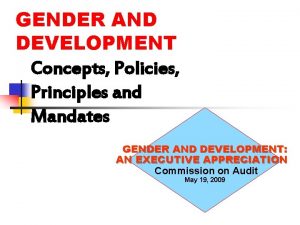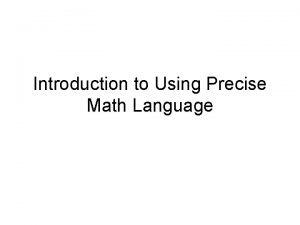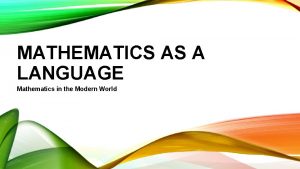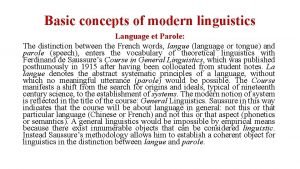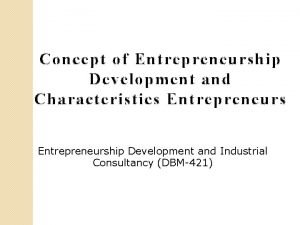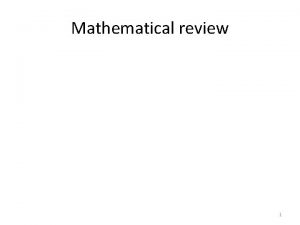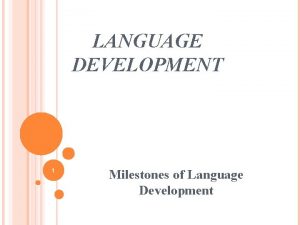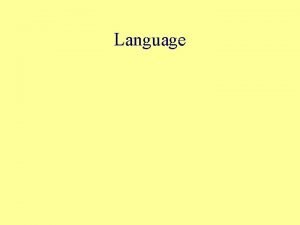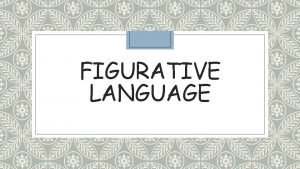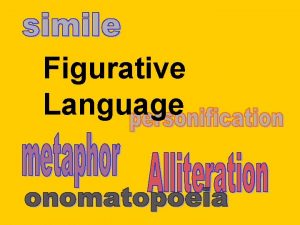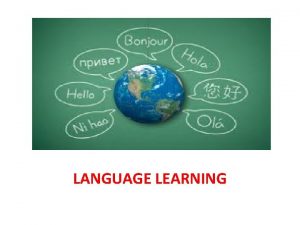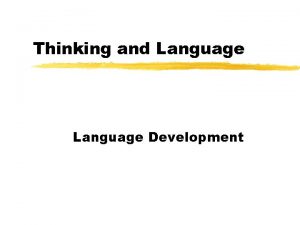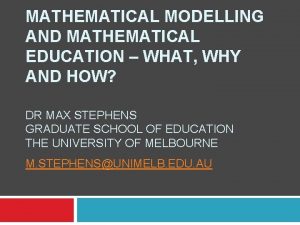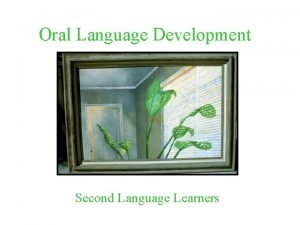The development of mathematical concepts and language in















- Slides: 15

The development of mathematical concepts and language in school Maulfry Worthington

Background n Foundation stage curriculum n Birth to three: strong research base n EYFS – birth to five n Play-based curriculum n Subject areas including mathematics

Play and Learning n Cultural-historical perspective (Vygotsky) n Play as a leading activity for the child n Child at the centre of the educational process n Imaginative play promotes abstract thought n Important link between education and development

Original Data n Teacher in class of thirty, 4 – 6 years olds (Reception and Year 1) Observations collected during one school year: n to help build my understanding of children's interests (schemas) n to support and extend the children's thinking

Previous Research Analysed my original observations to: n Identify patterns of children’s behaviours, using frequency charts n Explored the relationship between children's schemas and their early written symbols (Carruthers and Worthington, 2003/2006)

Theoretical frameworks Current research: n Socio-cultural framework - Vygotsky Informed by: n Research on schemas - Athey n Research on Multi-modality – Kress Aims: n To explore the relationship between play and children’s personal mathematical interests n To trace the development between ‘everyday’ and ‘scientific’ mathematical concepts

Methodology n Ethnographic study n Participant observer n Qualitative research n ‘Re-mining’ the original data – short observations of ‘significant moments’ of children’s play

1. Daniel’s spontaneous play interests reveal strong cultural influences n Robin Hood; pirates, Paddington Bear, Batman; spaceships; submarines; police; kings, racing cars; aeroplanes and helicopters; fire engines; submarines and postmen n Other influences from home

2. High level of mathematical concerns explored through play n Mathematical thinking and language developed within imaginative play n Both collaborative and individual play and explorations n Through actions, 3 D constructions, mark-making and imaginative play (symbolic activity) n Wide range of resources

3. Frequency, range and development Plotting observations of Daniel’s schemas revealed: n a general forwards movement indicating developing interests and development n A zigzagging pattern and a clustering as he re -visited schemas and explored new ones n Analysis points to ways in which the everyday mathematical concepts support development of scientific mathematical concepts

4. Drawing and writing as central concerns n Drawing maps n Writing letters and numerals

Other symbols n Arrows

Pedagogy n Important role of the teacher in developing the child’s thinking n Adults mediating and scaffolding learning n Importance of involving the child’s family n Value of observations to inform pedagogy

Conclusions Growing interest in schemas as a pedagogical tool n Schemas appear to support skills relating to symbolic language systems children develop in school (but not meanings) n Observations revealed the mathematics hidden in play n Play offers idea contexts for children up to six year of age to explore everyday mathematical concepts n

www. childrens-mathematics. net
 What is mathematical economics
What is mathematical economics Introduction and mathematical concepts
Introduction and mathematical concepts Introduction and mathematical concepts
Introduction and mathematical concepts Gad objectives
Gad objectives Precise mathematical language examples
Precise mathematical language examples Pronoun in mathematical language
Pronoun in mathematical language Key concepts in language and linguistics
Key concepts in language and linguistics Concepts of entrepreneurship development
Concepts of entrepreneurship development Hát kết hợp bộ gõ cơ thể
Hát kết hợp bộ gõ cơ thể Frameset trong html5
Frameset trong html5 Bổ thể
Bổ thể Tỉ lệ cơ thể trẻ em
Tỉ lệ cơ thể trẻ em Voi kéo gỗ như thế nào
Voi kéo gỗ như thế nào Chụp phim tư thế worms-breton
Chụp phim tư thế worms-breton Chúa yêu trần thế
Chúa yêu trần thế Kể tên các môn thể thao
Kể tên các môn thể thao



